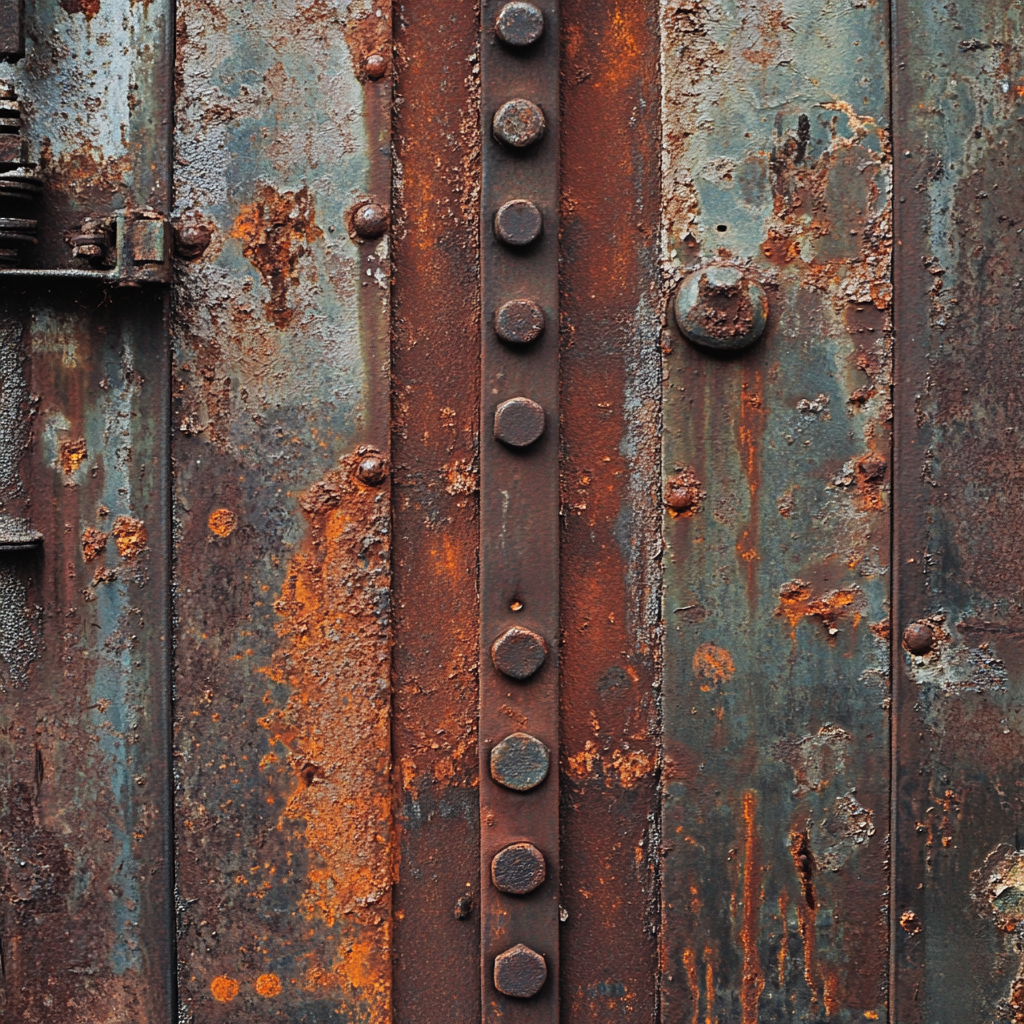
When it comes to metal surfaces, time is rarely kind. Rust, corrosion, old paint, and grime can compromise performance, safety, and aesthetics. Whether it’s industrial machinery, structural steel, or vintage metalwork, proper metal surface restoration is key to maximizing longevity and reliability.
At Interstate Blasting, we specialize in taking metal from rusted to ready, using advanced methods like media blasting and dry ice blasting for metal surface restoration. This blog walks you through the full process of metal surface restoration—and explains how we choose the best blasting method for the job.
Why Metal Surfaces Deteriorate
Metal is highly durable but not immune to environmental conditions. Exposure to moisture, chemicals, UV light, and pollutants gradually breaks down protective coatings and leads to corrosion. Over time, this can result in:
- Rust
- Flaking paint
- Pitting and surface fatigue
- Reduced functionality or safety
- Contamination buildup
If left untreated, even minor surface damage can evolve into structural issues. That’s why timely surface restoration is essential in industries like manufacturing, transportation, energy, aerospace, and construction.
Step 1: Evaluating the Surface
Every successful restoration project begins with an inspection. Our team assesses:
- The type and severity of corrosion
- Previous coatings (paints, primers, sealants)
- Base metal type and thickness
- Environmental conditions (indoor/outdoor)
- End use of the surface
This determines which blasting method—dry ice or media blasting—will deliver the cleanest results without damaging the substrate.
Step 2: Selecting the Right Blasting Method
Media Blasting
Best for: Heavy-duty rust and coating removal, surface profiling, and repaint prep
Media blasting involves propelling abrasive materials (like glass bead, aluminum oxide, or crushed walnut shells) at high speed to strip layers of rust and debris.
- Highly customizable media types
- Creates a texture for repainting or recoating
- Great for structural steel, pipelines, and equipment
Dry Ice Blasting
Best for: Surfaces that can’t get wet or must remain contaminant-free
Dry ice blasting uses compressed air to shoot pellets of frozen CO₂, which sublimate on impact. This process lifts contaminants without abrasion and leaves no residue.
- Non-conductive and safe around electronics
- Environmentally friendly with no added moisture
- Ideal for food-grade equipment, motors, and sensitive machinery
Step 3: Surface Preparation
Once the method is chosen, we prepare the site:
- Masking or protecting adjacent components
- Setting up containment if necessary (especially indoors)
- Adjusting machine settings based on substrate sensitivity
- Running a small test patch for verification
This ensures controlled cleaning and safety for the entire work area.
Step 4: The Blasting Process
Here’s what actually happens during the cleaning process:
Media Blasting:
A blast nozzle propels the abrasive media under high pressure. The operator moves in uniform strokes, cleaning the surface layer-by-layer.
- Effective at reaching tight spaces and welds
- Can strip multiple layers at once
- Leaves a clean, profiled surface ready for treatment
Dry Ice Blasting:
CO₂ pellets hit the surface and instantly convert from solid to gas, creating micro-explosions that lift rust, grime, and coatings.
- Great for porous or oily surfaces
- No drying time required
- Works well on hot equipment or systems that can’t shut down
Step 5: Inspection and Surface Finishing
Once the blasting is complete, we inspect the surface for:
- Residual contaminants
- Surface integrity and uniformity
- Any additional cleaning needs
At this stage, some clients opt for additional treatments like:
- Protective primers or coatings
- Corrosion inhibitors
- Repainting
- Powder coating
Since blasting often acts as a preparation step for coatings or repairs, surface cleanliness and profile are key to long-term success.
Common Applications
The “rusted to ready” process is used across many industries:
- Manufacturing – Clean machinery, parts, and production lines
- Energy – Prep for recoating pipes, tanks, and turbines
- Transportation – Remove corrosion on railcars, trailers, and structural parts
- Historic Restoration – Remove oxidation without damaging original metal
- Aerospace – Strip oxidation or coatings without altering tolerances
Why Choose Interstate Blasting?
With decades of experience and cutting-edge blasting technology, Interstate Blasting brings professionalism, precision, and results that last. Our team prioritizes safety, surface integrity, and eco-friendly methods, ensuring every project is completed efficiently and responsibly.
You don’t need to choose between aggressive cleaning and substrate protection—we deliver both.
Ready for Metal Surface Restoration?
From rusted bolts to entire structures, restoring metal surfaces is a science and an art. Choosing the right blasting method can extend equipment life, improve performance, and reduce long-term maintenance costs.
Whether you’re dealing with flaky paint, deep rust, or years of industrial buildup, Interstate Blasting has the tools and experience to get your metal surfaces ready for the future.

